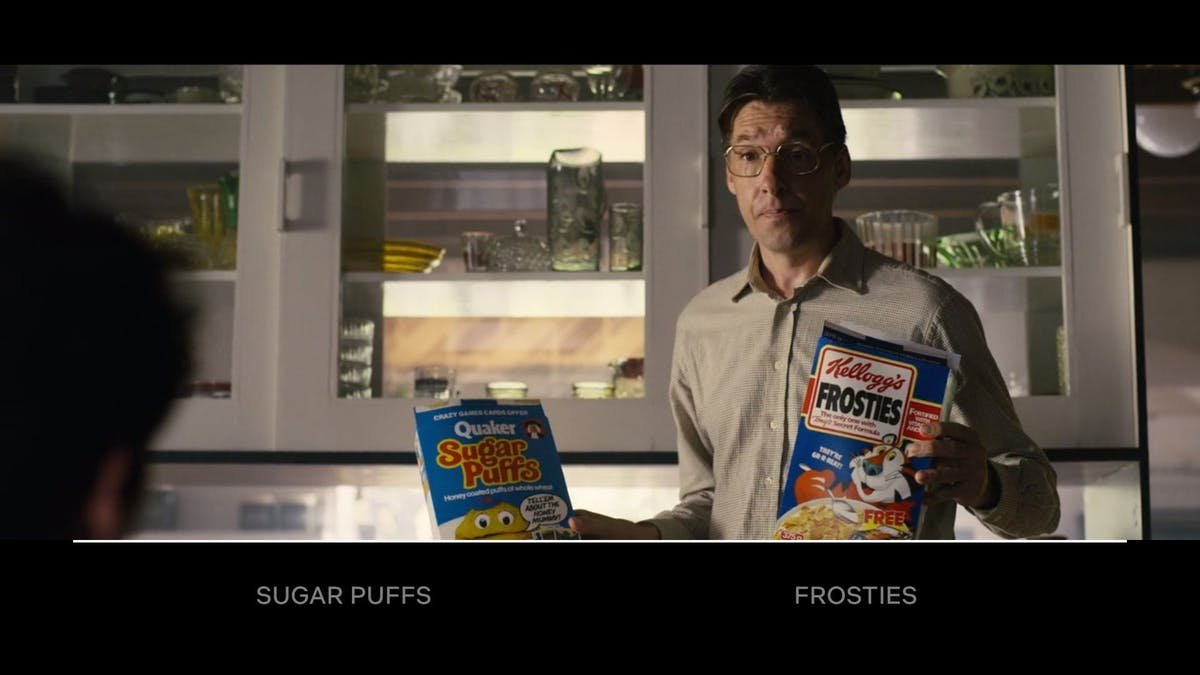There is ongoing legal debate around Quentin Tarantino's latest project, an exclusive behind-the-scenes NFT collection based on the 1994 Miramax blockbuster hit "Pulp Fiction," published in December 2021 on Opensea by SCRT Labs. A California lawsuit will determine whether Tarantino's plan is too cavalier, and whether Miramax should receive a cut of the sale. Today’s NFT world is governed by crude and antiquated laws surrounding copyright and trademark ownership. Hopefully this lawsuit establishes new legal boundaries and guidelines for future cases. In the meantime, NFT collectors should stay wary of ambiguous claims and unclear terms.
What We Should Know About Current Interactive Films
The dilemma of interactive films, feeling as if you are in control when you actually are not, is part of the reason why they are yet to become mainstream in entertainment, especially compared to interactive games. This article attempts to open this discussion by examining theoretical frameworks as well as a comparative case study. As the major concern lies in the disruption of the audience’s engagement, potential future options can be VR or implicit interactions (making choices through the user’s implicit activity) to provide a more engaging process. When the hype for this innovative technology wears off, the core of the films will still be their stories. After all, it’s about storytelling.
Why Interactive Films Are Not A Success...Yet
Motion picture companies in recent years are blurring the line between film and video games, bringing technical practices that have been adopted by interactive video games for many years. With the drift of film history into greater realism and higher audience immersion interests, interactive films that make compromises for the audience to take control are emerging. Filmmakers use different new-media technologies such as Eko Studio and Wirewax to engage an audiences’ interaction, but the medium is still so young that more extensive research is needed. This research examines the differences between the engagement models of interactive films and video games to identify the reasons why interactive films do not obtain a larger market.
Cryptocurrencies in Indie Film Economics
Streaming technology in the last decade has rebuilt the structure of film revenue models. Motion pictures now earn revenue through a network of internet-based over-the-top (OTT) content distributors, reaching worldwide audiences by partnering with multiple streaming platforms. More recently, the Covid-era decline in theatrical film distribution has led to a purely OTT distribution model, and a complete reliance on internet-based revenue. In the future, advancements in blockchain technology are expected to disrupt and further redesign the film distribution waterfall. Ambitious filmmakers should have a clear understanding of how revenue distribution waterfalls work before they tackle a blockchain-based film production.
Creating Sustainability in the Film Industry
When thinking about sustainability the first thought that often comes to mind is climate action, net-neutrality, or carbon emissions. Sustainability, in fact, has many other aspects beyond the climate. The United Nations developed a list of 17 goals in 2016 with a goal for the world to reach in 2030. These goals address holistic sustainability – aiming to help increase the quality of life worldwide. As organizations become conscious of their environmental impacts, more approaches in greening the industry and a tangible plan to fight climate change will be more readily implemented by the film industry, while still producing new content for the world.
Bringing Stories to Life: How Pixar Accomplishes Realistic Animation
Pixar revolutionized the animation industry through innovative technology and incredible storytelling. It was responsible for core developments in computer graphics history, blending technology and arts to make many of their films possible, leading to its massive success. 3D computer modeling technology has not only allowed for more efficient and faster animating, but it has opened the door for more people who are interested in joining the industry. It now easier than ever to download these softwares and begin learning how to animate. For artists in industry, there is not longer a limitation in the art that is waiting to be created – their visions can become a reality with the continual development of advanced animation technology.
The Streaming Wars in 2021: Netflix, HBO Max, and Disney+
Streaming services have won the battle over the box, and now the streaming war is in full gear. Netflix, HBO Max, and Disney+ have taken differing approaches to capturing a competitive advantage to be the top streaming service users turn to. Read about where they stand in this research by Helen Hejran.
Part 2: The Movie Ticket Purchase Pathway
As noted in part one, the key to rebuilding the post-pandemic movie theatre audience will be to understand the key influences on the purchase pathway. As previous research detailed, there are frameworks of influence that movie makers and marketers need to understand, notably marketing communications, sources of neutral information, film characteristics, and ease. This post includes an analysis of survey results and recommendations for attracting ticket buyers based on these frameworks.
What Motivates Movie Theater Attendance? Part 1
Part 2: Surveys, Interviews and Recommendations for Documentary Distribution
Emerging Trends in Documentary Program Distribution focuses on understanding the current market for documentary programs and the current best practices to sell, distribute, and market documentary content. Part two of this research analyzes data and information collected through an audience survey and one-on-one interviews. This original research will be used in connection with the broader contextual research to provide recommendations for documentary filmmakers on the best paths for taking their work to the market.















